Asakusa Amusements
Its reputation as the pleasure center of Tokyo has long since faded, the Kabuki theaters have relocated and geishas mostly vanished, but the northeastern neighborhood of Asakusa still boasts a few worthwhile attractions apart from the temple of Sensō-ji.

From the late nineteenth century until the 1945 firebombing of WWII, Asakusa was where Tokyo came to relax. All manner of fun could be had here, from naughty red-light pleasures, to family-friendly entertainment like dancing and recitals. In 1890, the Ryounkaku (Cloud-Surpassing Tower) was built here. With twelve floors and the city’s first elevator, it was by far the tallest building in Tokyo and instantly became a favorite tourist attraction.
Asakusa was hit hard by Tokyo’s twin twentieth-century disasters. During the Kantō Earthquake of 1923, the Ryonkaku was just the most prominent of the many buildings destroyed. And after the firebombing of the Second World War, it never managed to recover its sense of glamour. Today, Tokyo’s youth shun Asakusa, preferring instead to congregate in newer neighborhoods to the west such as Shibuya and Shinjuku.
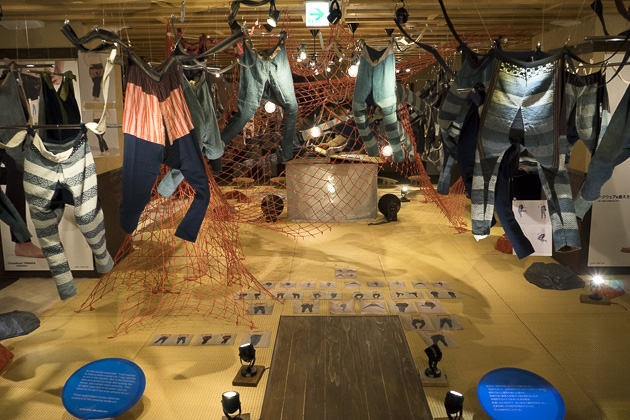
But there’s still plenty to do here. After visiting the Sensō-ji temple, we couldn’t resist checking out the nearby Amuse Museum. It was a promising name, so we bought tickets without bothering to check what might be inside. Turns out the Amuse Museum focuses on the most unamusing topic imaginable: fabric. Which is actually pretty amusing.
The main exhibit in the Amuse Museum was about enormously heavy Japanese coats called boro. In the lean years following the war, and especially in remote areas like Aomori, women would craft boros by stitching together whatever scrap of fabric they could get their hands on. They could be worn during the day, and at night entire families would disrobe and crawl together into one, to conserve body heat. This was just one of the museum’s fascinating exhibits, and from the rooftop deck, we discovered a great view of the Sensō-ji. To our surprise, the Amuse Museum had lived up to its name, after all.

On the western side of Tokyo’s oldest temple, we found its oldest amusement park. Hanayashiki was built in 1853, and is still in operation… though the rides have thankfully been replaced since then. Hanayashiki is the quintessential Tokyo amusement park: bizarrely compact, squishing a bunch of attractions into a tiny space, and expensive. Entrance is 900¥ and, on top of that, each ride costs extra.
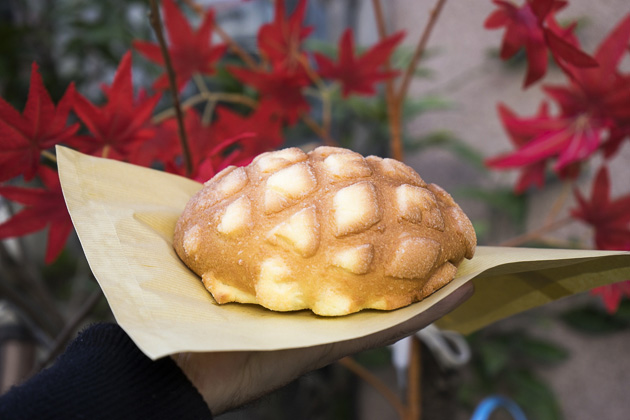
We ambled farther west, along the Shin-Nakamise covered market street, sampling both Meron Pan (poofy, melon-shaped sweetbread) and a sweet, warm rice drink called Amazake. In these areas, Asakusa feels older than many of Tokyo’s other districts. I don’t mean “very” old; the buildings and houses here date mostly from the 1960s and 70s. But in ultra-modern Tokyo, that qualifies as ancient.
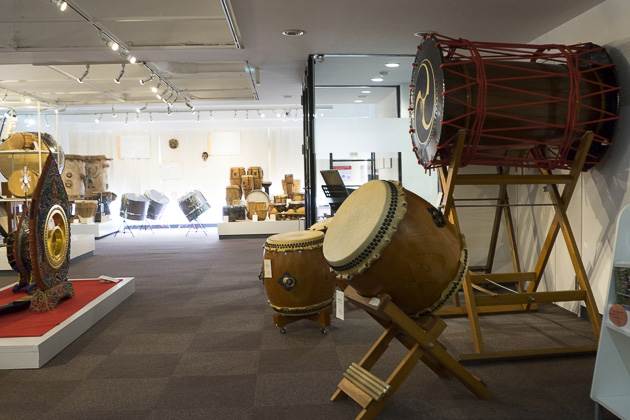
Our final stop in Asakusa was at the Taikokan Drum Museum on Kokusai-dōri. We were all alone inside and, after glancing over our shoulders to make sure nobody had followed us, we grabbed sticks and started playing on the antique drums which had been collected from around the world. Soon, a horrified-looking employee entered and snatched the drumsticks away from us. “No, no, no” she admonished. “This is how!” And then she unleashed a brutally awesome barrage on the taiko which we had been gently tapping. She gave us the sticks back, and had us try again. This was great fun; it’s the only drum museum I’ve ever been to where you’re encouraged to play on the exhibits. Actually, it’s the only drum museum I’ve ever been to, period.
Locations on our Map: Amuse Museum | Hanayashiki Amusement Park | Taikokan Drum Museum
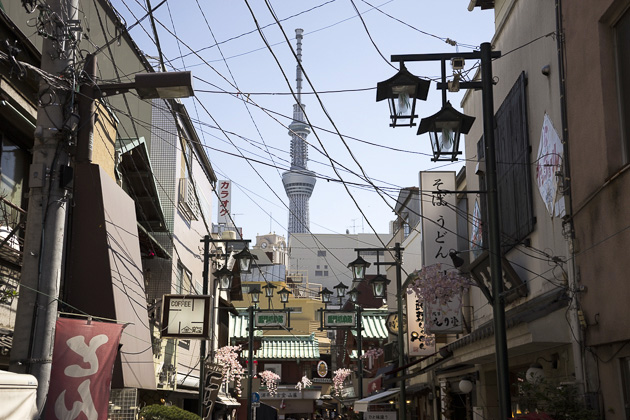
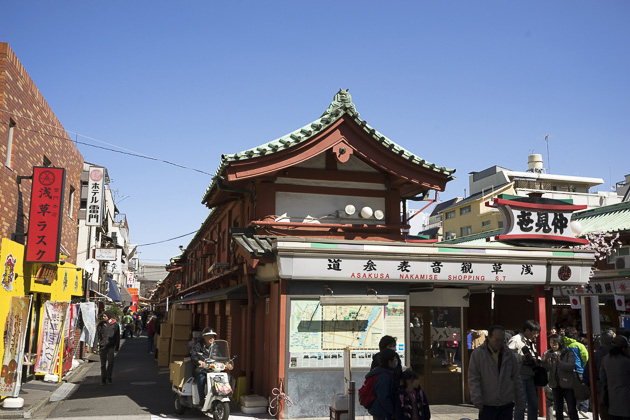
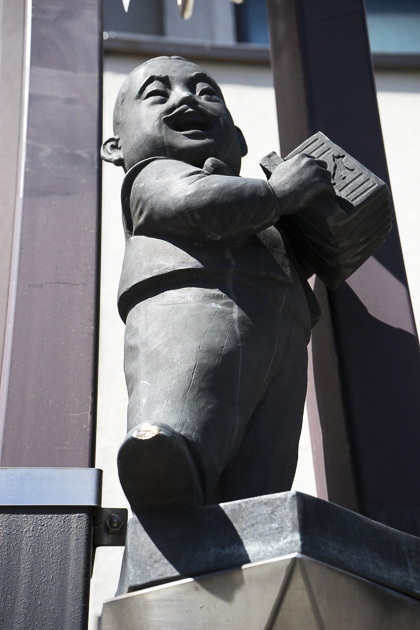
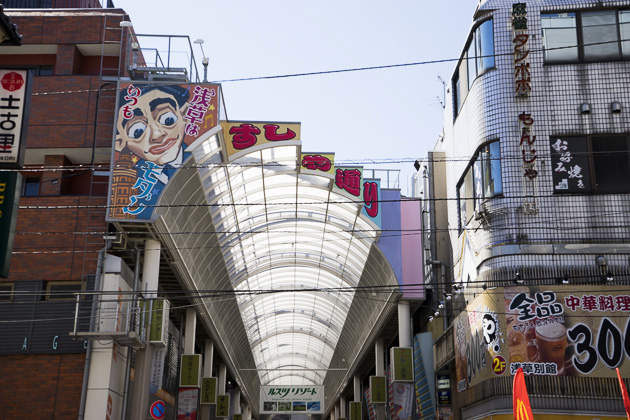
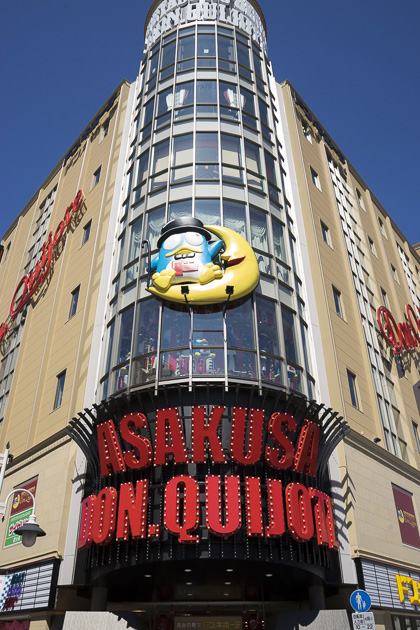


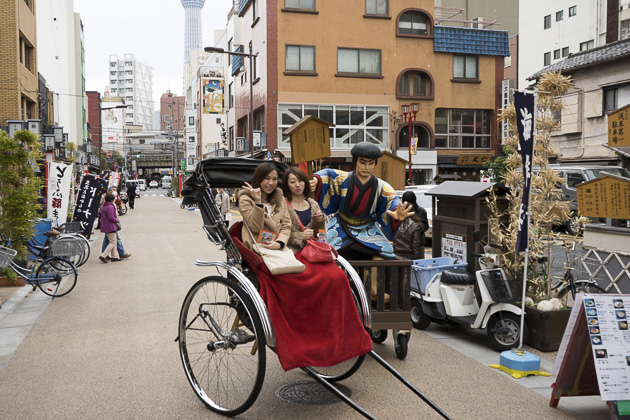
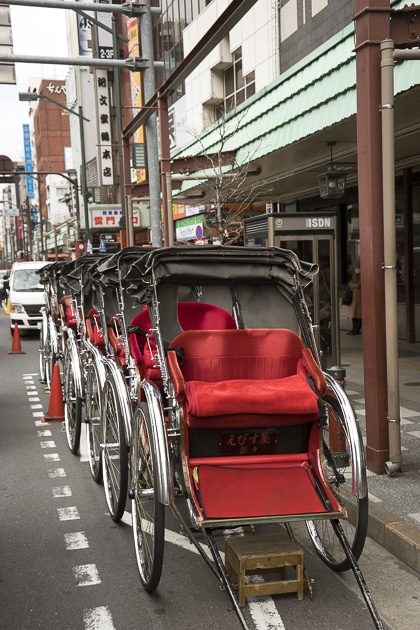
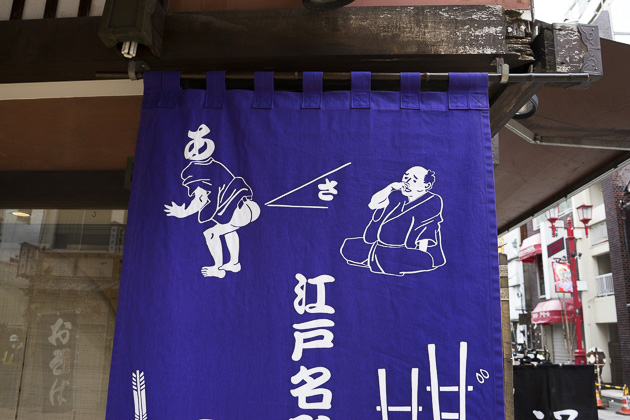
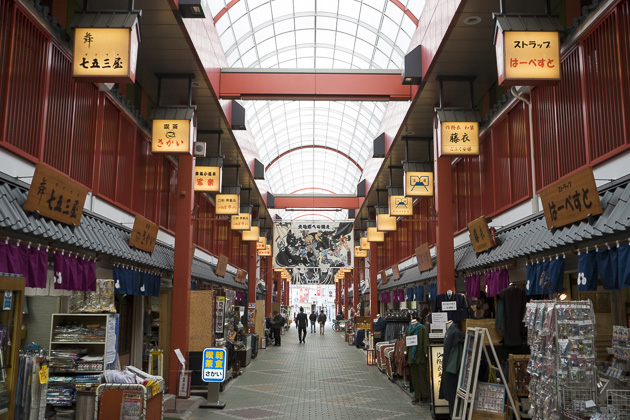





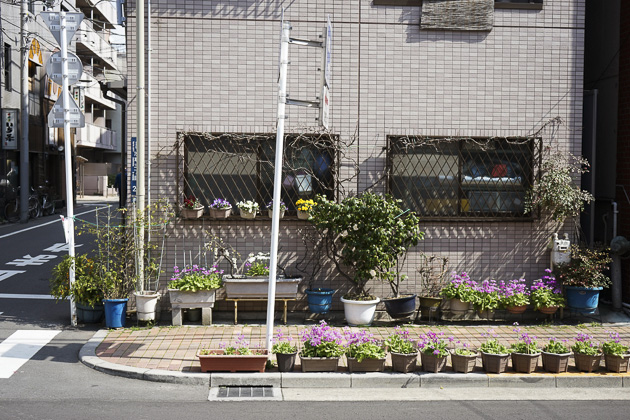
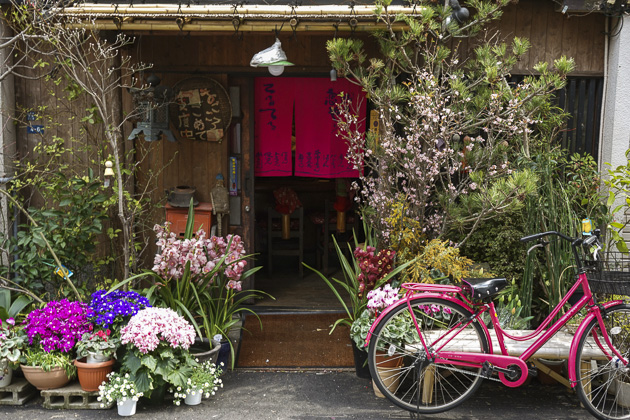
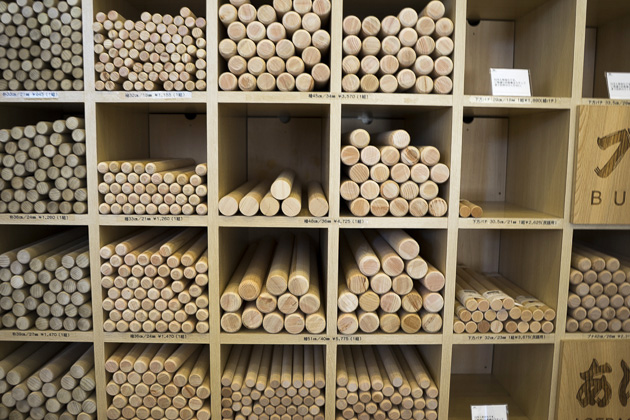

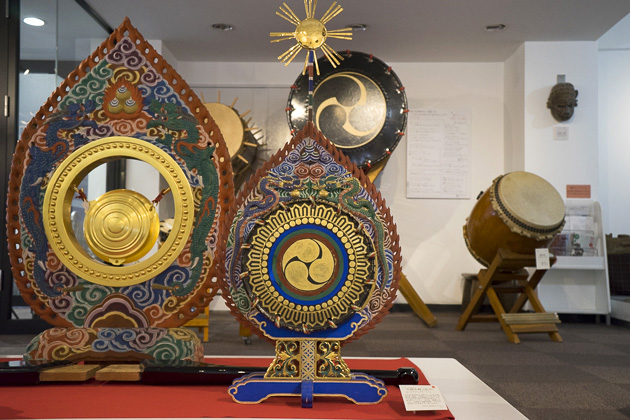

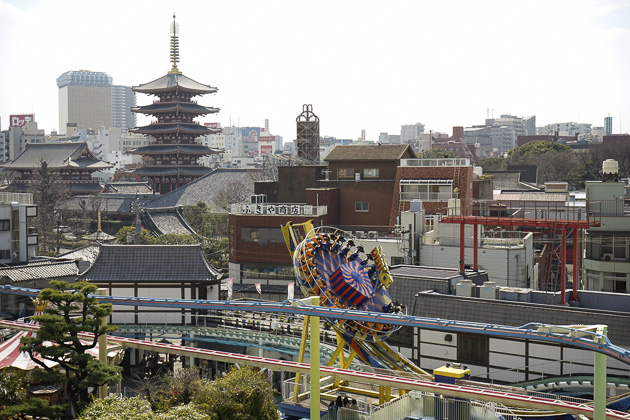
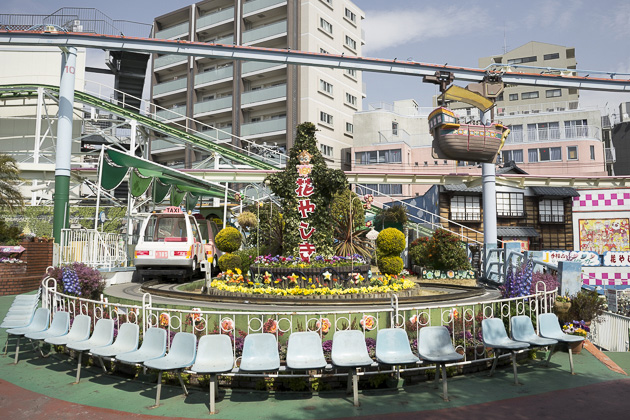
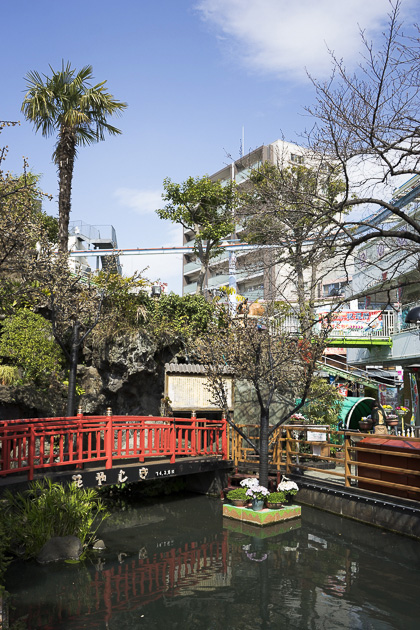
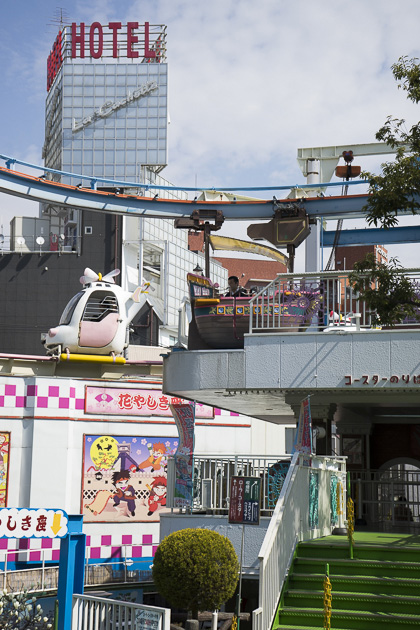
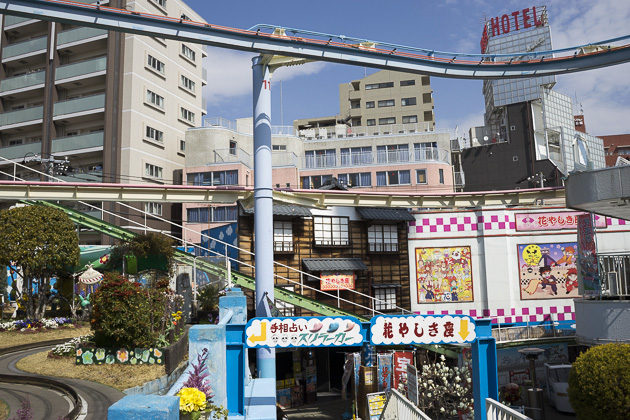
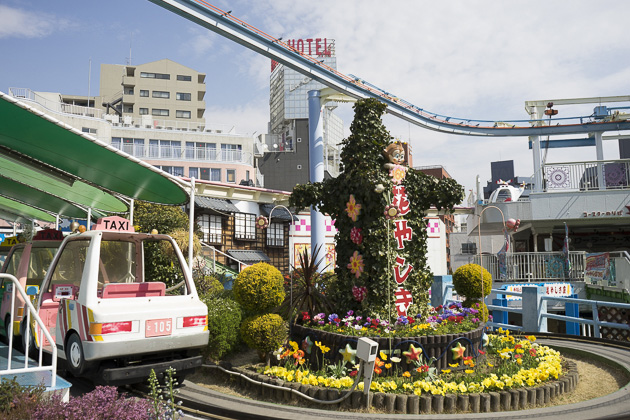
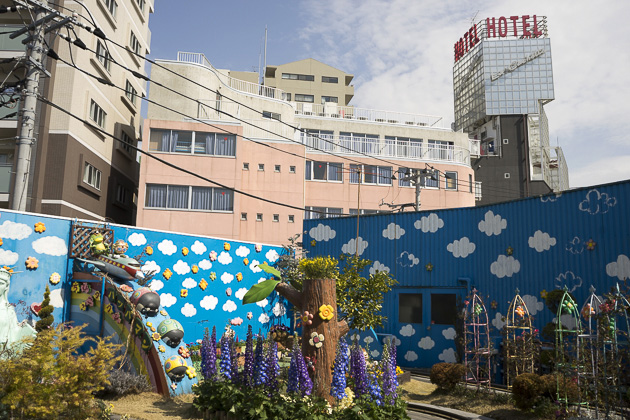

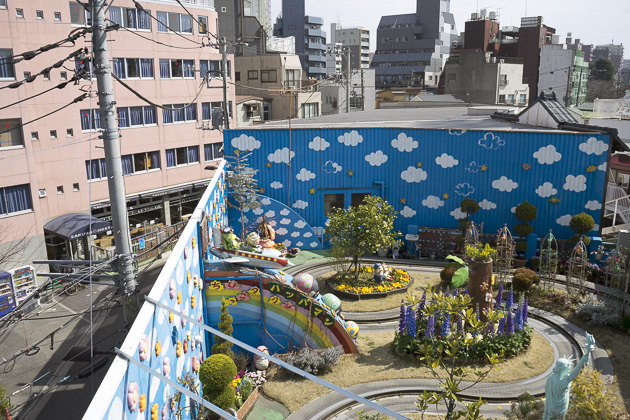
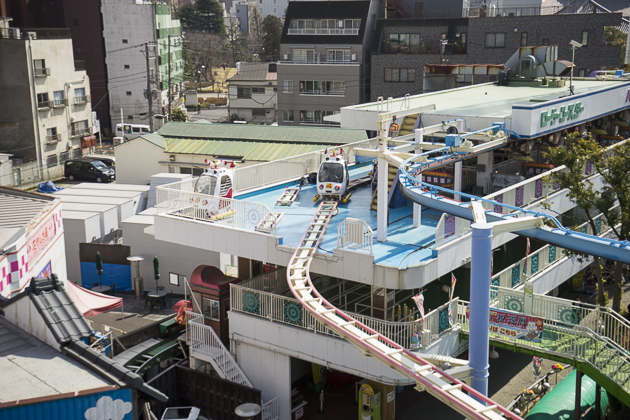
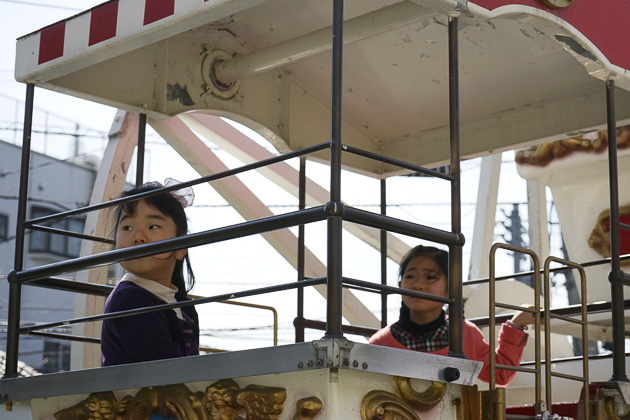
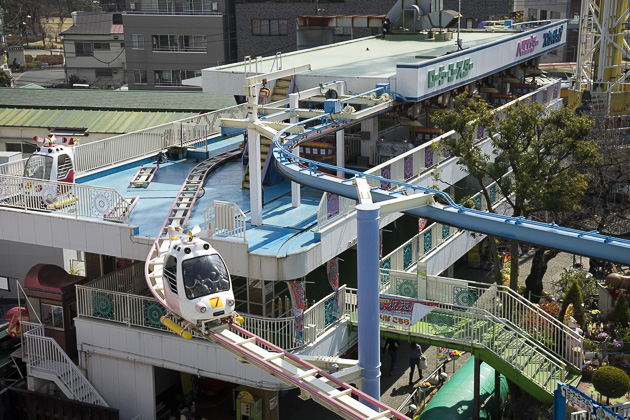

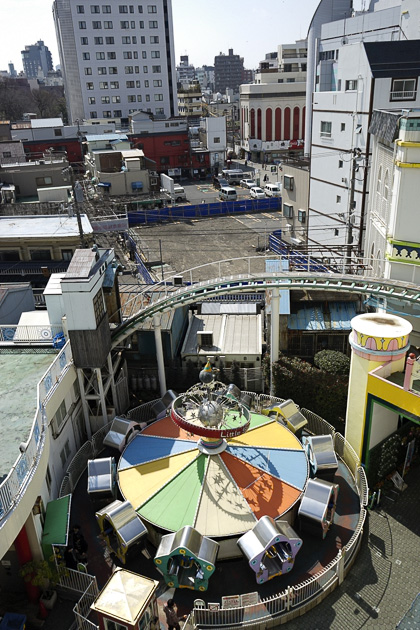
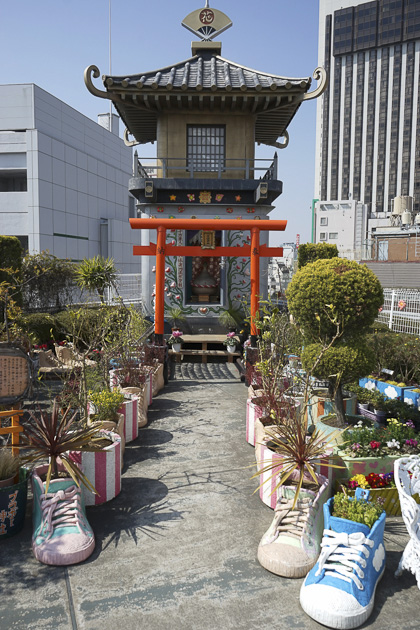
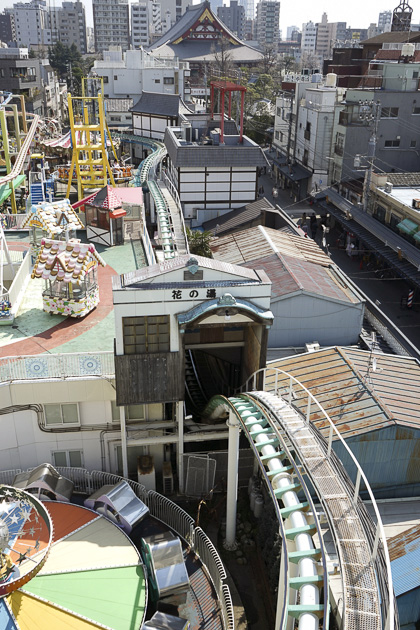
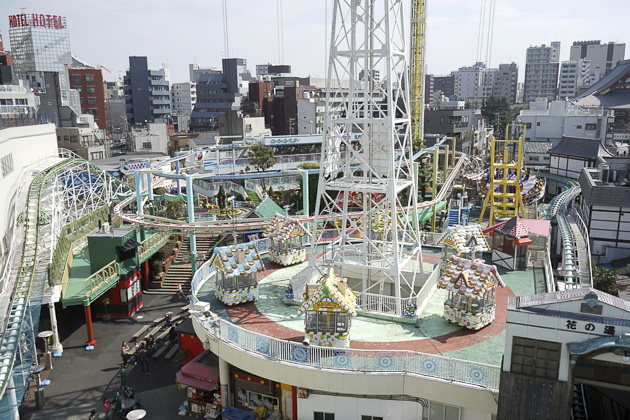

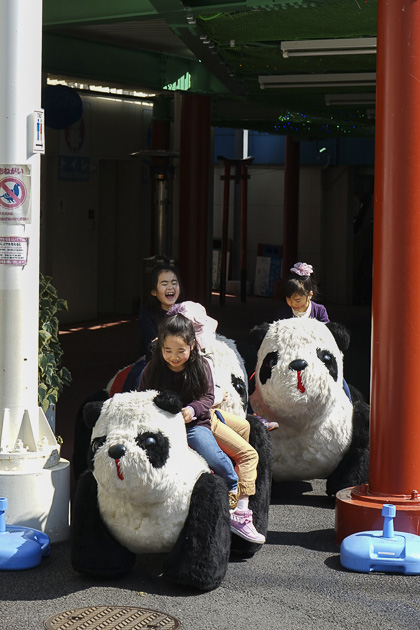
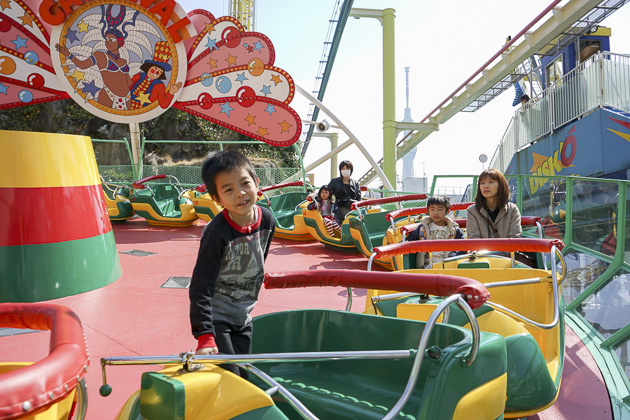

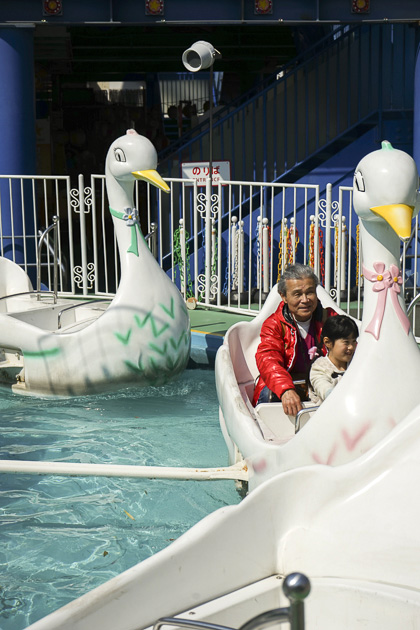
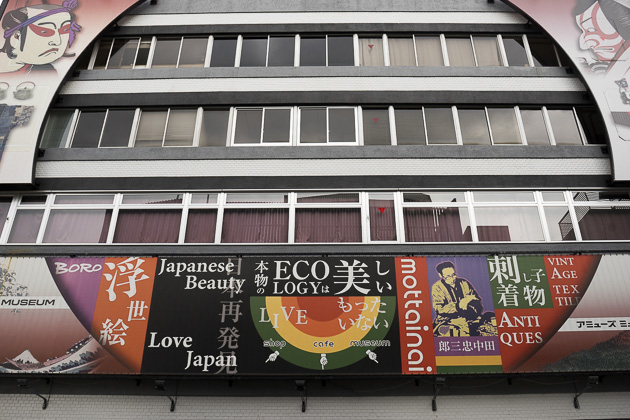
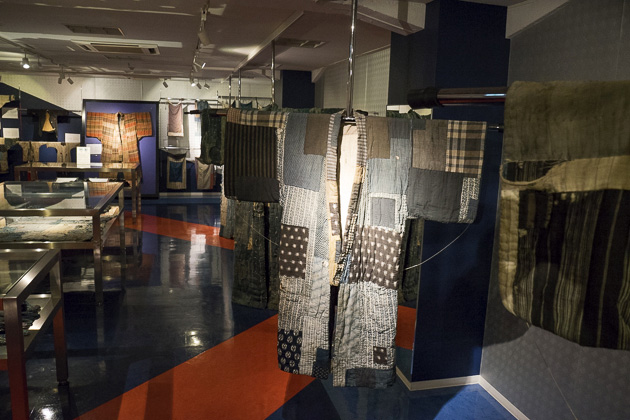
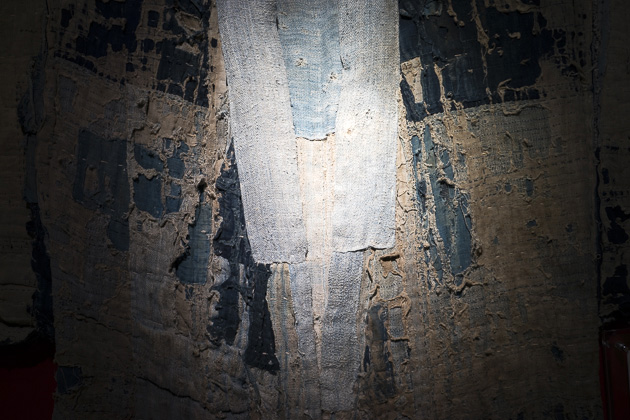
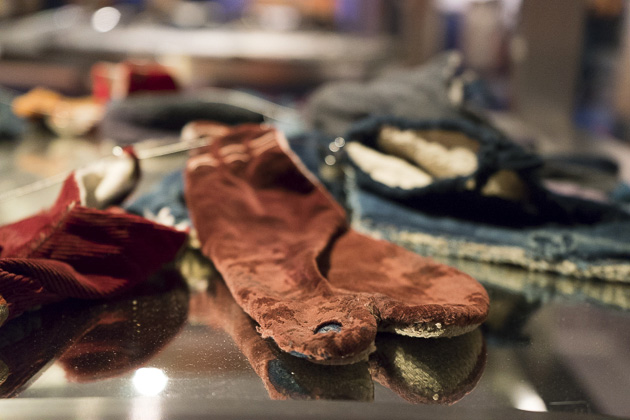
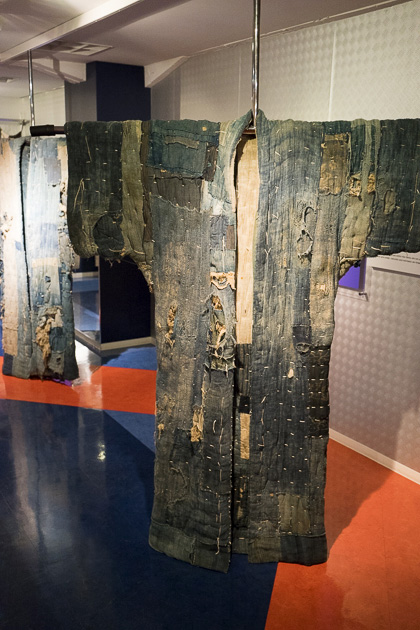


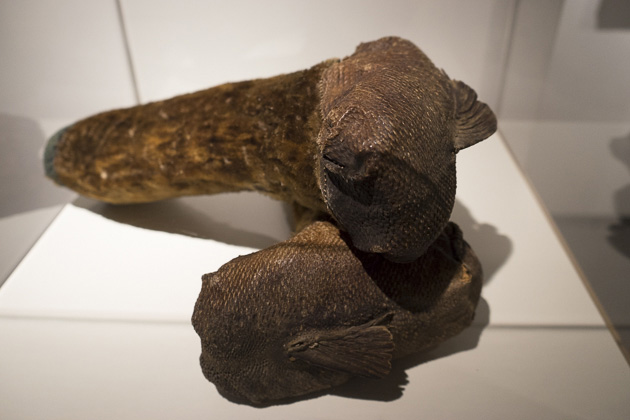
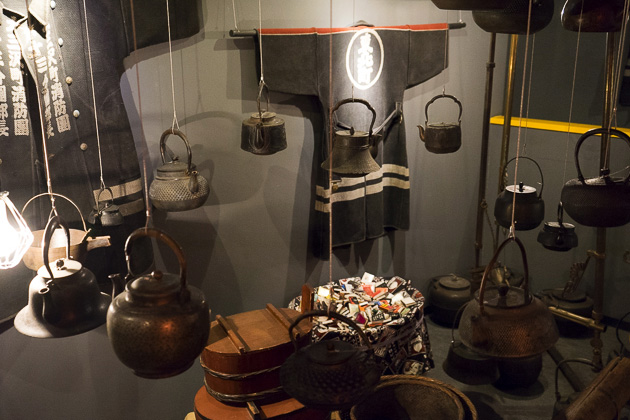
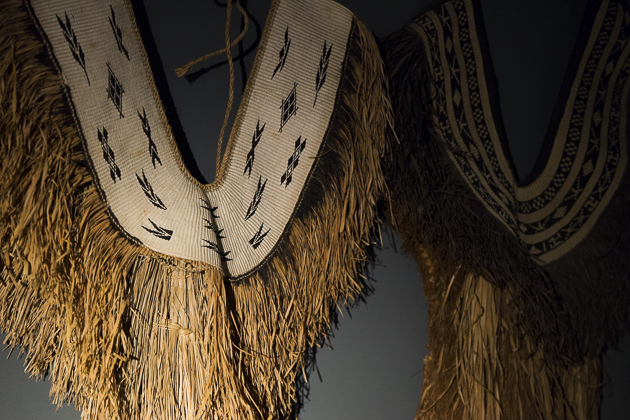
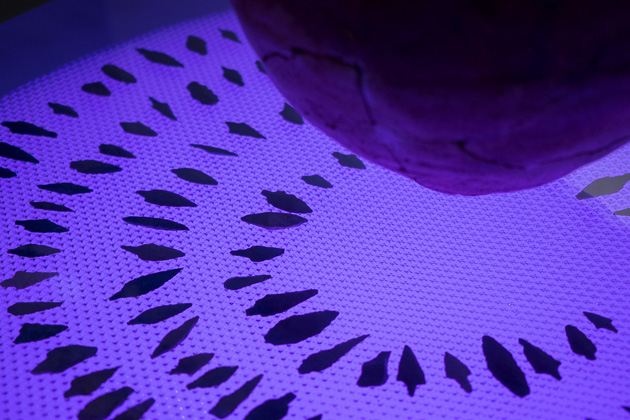
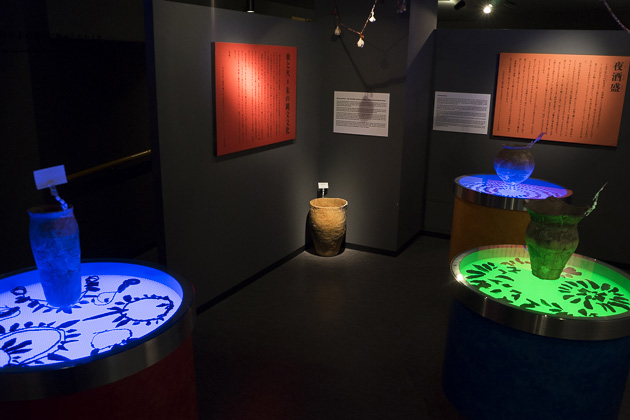
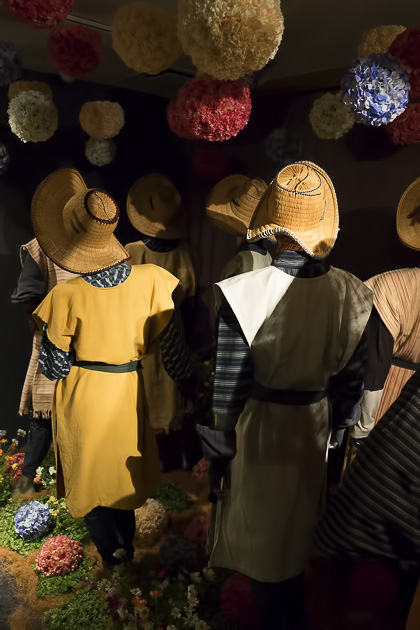
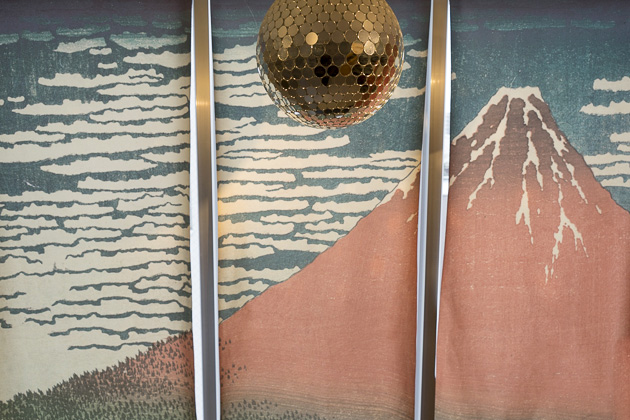
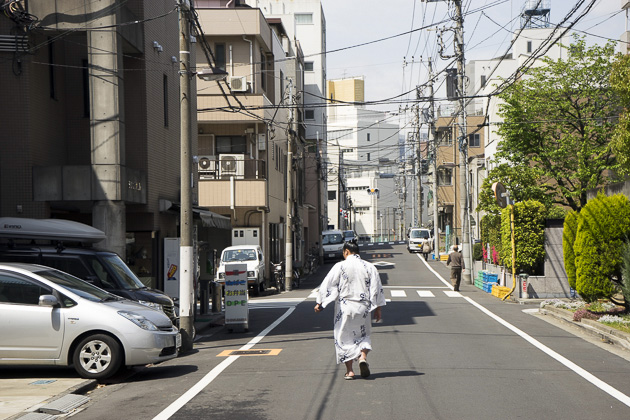
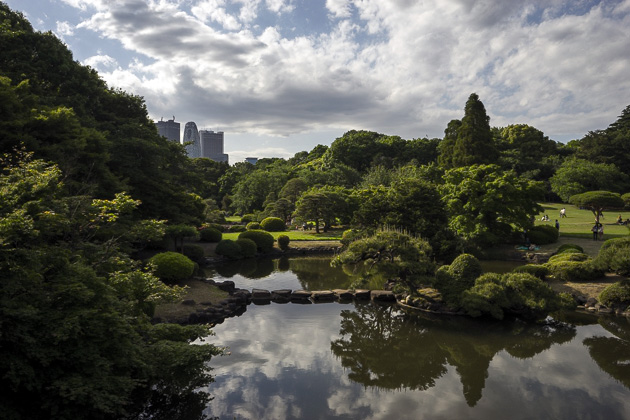
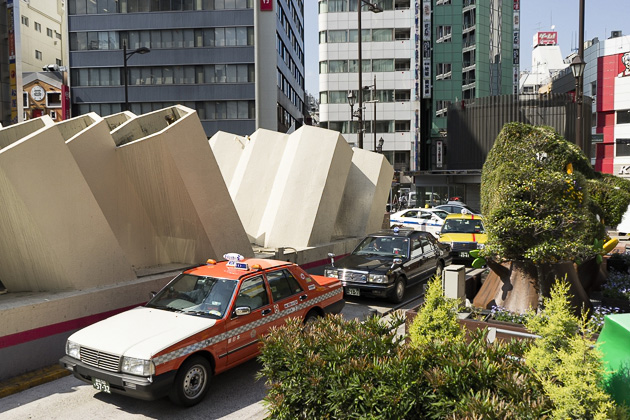

Pingback: The Sanja Matsuri in Asakusa | For 91 Days in Tokyo – Travel Blog